Eritrea: Deciphering the Peace Accord between Eritrea and Ethiopia - An Interview with Yosief Ghebrehiwet
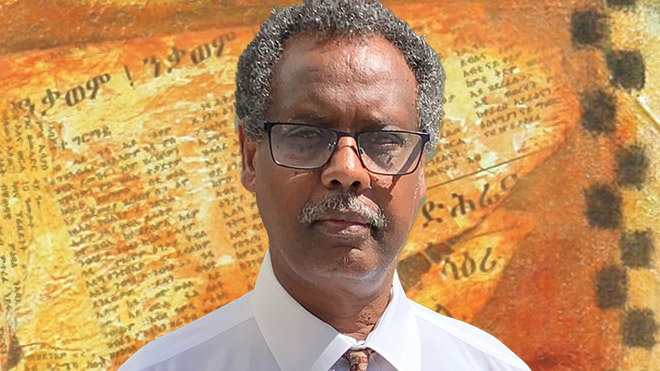
Deciphering the Peace Accord between Eritrea and Ethiopia
An Interview with Yosief Ghebrehiwet
Introduction
Yosief Ghebrehiwet is so well versed in politics and political philosophy it is hard to pigeonhole the basis of his innermost beliefs. He may have more intellectual range and insights than any other Eritrean thinker of our time; but he refuses to flaunt his intellectual prowess by withdrawing from public spheres.
He can come at you with an inquisitor's mordant questioning, he can rip his antagonist's argument into shreds, he can lay out the evidence that supports the position he wishes to defend. He is a master of refining words and expressions, and originality comes to him quite easy because he thinks independently.
Yosief is a gifted critical thinker. He can tackle a complex case, and emasculate it with the power of his thinking, so to speak. He does not seem to struggle in processing thoughts without allowing feelings or opinions to affect him. That is why we asked Yosief to untangle the skewed peace agreement between Eritrea and Ethiopia for us - an agreement that simply came 'out of the blue'.
Asmarino.com:
The bilateral summit that took place on 8–9 July 2018 in Asmara, Eritrea, between Eritrean President Isaias Afwerki and Ethiopian Prime Minister Abiy Ahmed was concluded by signing a Peace Agreement between the two countries. What is your take on the Peace Agreement?
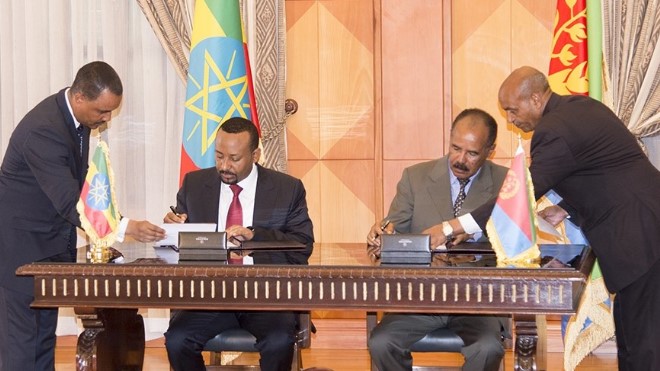
It is hard to talk about the “peace agreement” reached between Ethiopia and Eritrea in definite and clear terms because there are too many unknown variables involved in it:
- Who are the entities that have come to an agreement – for instance, Isaias and Abiy, or Eritrea and Ethiopia? And whose interests does each one of the “representatives” represent?
- Who is the witness, facilitator or enforcer of this agreement? And does this third entity have self-interest guiding it in this case?
- What are the terms of this peace agreement? Can they be articulated in clear and precise terms?
- Are these terms of agreement enforceable on the ground? Do the entities involved in this peace agreement have the intention or the ability to enforce them?
When we talk about an agreement of this nature, we tend to visualize the two adversaries sitting around a table, with a third neutral person acting as a witness or facilitator or even as a guarantor. We also assume that the two adversaries are willing and capable of enforcing the terms of agreement by the power invested in them; otherwise, it wouldn’t make sense to reach a vacuous agreement with entities incapable or unwilling to enforce it on the ground.
Let’s now look at each of the unknown variables mentioned above.
Representatives:
This seems no brainer; we have President Isaias representing Eritrea, PM Abiy representing Ethiopia and Saudi Arabia (with possible involvement of the Emirates) as the third “neutral” entity. But as soon as we ask whose interests does each one of these represent, things began to get murky.
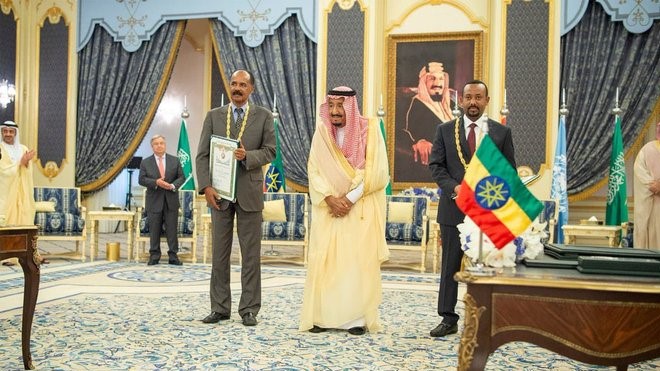
For starters, the “peace agreement” became possible the moment power in Ethiopia shifted from the periphery (Tigray) towards the center. That means that whatever agreement has been reached might not be seen as having the interest of the people of Tigray in mind. And that, in turn, might affect its enforceability on the ground.
If so, whose interests is Abiy representing? Oromara’s? Oromia’s? Ethiopia’s? It is hard to tell.
At the beginning, Amhara nationalists were all for the agreement not because they believed in its justness, but because of what it seemed to potentially offer in the entrapment of Tigray. But if this wish is to be fulfilled, it is only if Tigray resists the implementation of the agreement on the ground. The Oromo nationalists might not give a damn to this strategy, but they too are looking at this agreement with their own self-interest in mind. What is clear is that there is no “Ethiopia’s interest” in this picture; every major ethnic group prioritizes its own Kilil’s interest. Where does Abiy stand in all this? Again, it is hard to tell; what is true is that with every shift in the power dynamics in Ethiopia, Abiy’s stand seem to get murkier.
At first glance, the case of Eritrea seems to be clear cut: the strongman Isaias is representing the nation; no such ethnic or other similar division of loyalty seems to exist in Eritrea in regard to this issue. But, again, appearances are deceiving. The schism that we have to look at in the case of Eritrea is not between different parts of the nation but between the people of Eritrea as a whole and Shaebia. When Isaias sits at the agreement table, it is with Shaebia’s (and his, of course) interests primarily in mind: primarily, as to how the implementation of the agreement on the ground will affect the welfare and rule of Shaebia. It is easy to see how this strategy would directly affect the enforceability of the terms of agreement on the ground.
We also need to look at the role of the facilitator: Is it “neutral”? Given Eritrea’s economic dependence on Saudi Arabia and the Emirates (Ex: the Assab base), how much of the agreement depends on coercion and how much on persuasion? If there are elements of both in this agreement, how would that affect its implementation on the ground?
Anyways, we have first to look at the terms of agreement before we proceed any further in our analysis.
Terms of agreement:
We know in general what the two sides of this agreement are:
- Border demarcation: along the lines of Algiers Agreement;
- Economic deal: opening up of the border (the free flow of goods and people), use of ports, trade agreement, monetary exchange, etc.
Given that the border war was not merely about land dispute but also about economy, it seems that addressing them both – as the peace agreement seems to have done – is the appropriate thing to do. But if we look at these two variables up close, it is the total failure of their implementation on the ground that has so far become clear. And this failure has to do directly with the respective interests of the two “representatives”.
It is important to remember that the first thing that Isaias said regarding this agreement was that he would prioritize Ethiopia’s stability, and hence would not demand the immediate demarcation of the border. In a sense, he was admitting that given the ever-shifting power dynamics in Ethiopia, it would be practically impossible to enforce the demarcation on the ground now. Both actors – Isaias and Abiy – seem to have reached an implicit agreement that only with the further weakening of Tigray would such an enforcement be possible. Furthermore, it is possible that Eritrea has been given a vital role to play in this weakening process. Thus, the line between the roles of the two respective adversaries gets blurred.
But it is in the “economic” side of the agreement that we witness how Shaebia’s interests– as opposed to Eritrea’s – make such an agreement impossible to implement on the ground. As Isaias came to find out in few months, free trade, as agreed upon with Ethiopia, would be the death knell of Shaebia’s rule. Opening up its borders for the free passage of goods and people would be impossible to maintain without simultaneously depopulating the land and impoverishing and weakening Shaebia.
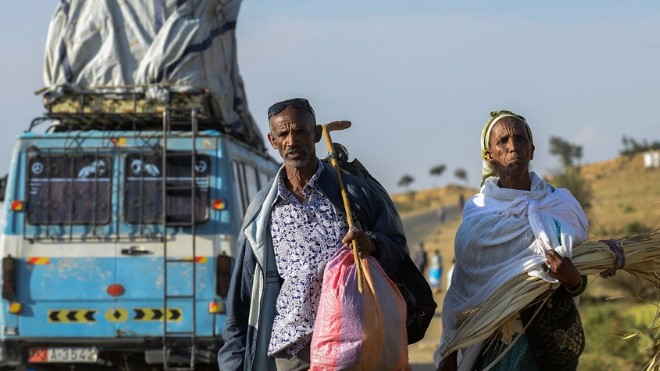
With the “opening up”, three things happened that go directly against the survival of Shaebia:
- The mass exodus accelerated at an alarming rate. Tens of thousands left, with many more waiting to see if the regime was willing to change its stance in regard to the National Service, among others. Now, if it opens the border again, the mass exodus will be like tsunami, since no one is willing to take another chance with the regime again.
- People who visited Ethiopia and came back to Eritrea were no more fooled by the regime’s propaganda. The propaganda that they are better off than Ethiopians is now taken by the people as a cruel joke played upon them. With it, the control that the regime had on the mind of the masses is slipping to a level never witnessed before.
- With opening up, as the economic condition of the common man in Eritrea began to get better, it seemed to Shaebia that this betterment was taking place at its own expense. Not only was it losing political control over its population, it was also losing the economic gain it has had when it controlled all aspects of the economy, including trade when the nation was sealed off from the outside world.
The question now is not why Eritrea closed its borders, but why it agreed to open it in the first place. People who are puzzled by Isaias’ reversal seem to forget – that is, including PM Abiy – that Eritrea is a totalitarian regime that cannot survive in an “opened up” environment. It seems to me that Isaias was at the beginning forced by both Abiy and Saudi Arabia (and the Emirates) to open up. Isaias’ first preference has been to open up only on the Assab side, where he could have easily regulated the flow of both goods and people.
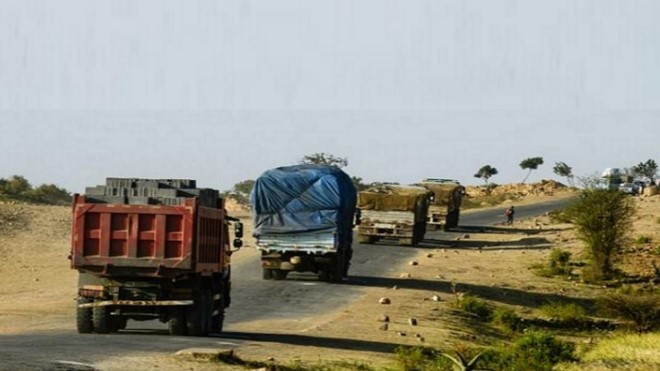
Conclusion
So far then, the two main parts of the agreement seem to be impossible to implement on the ground. The “land demarcation” has been predicated on the further weakening of Tigray. Given the fluid power dynamics of Ethiopia right now, it doesn’t seem it will soon happen in the near future. But the worst part is the second part; whatever happens on the demarcation part, Shaebia has realized that it cannot let the nation open up to the free flow of goods, people and ideas without simultaneously committing suicide. That is to say, Eritrea under the Isaias regime will never be able to keep its side of the bargain agreed in the peace table.
We should take the brief “opening up” of Eritrea as a revealing experiment of what would happen if it had been extended indefinitely. The lesson was well taken by Shaebia, which responded quickly to seal off the nation before the “opening up” did irreparable damage to Shaebia’s (and Isaias’) rule. The question remains whether Ethiopia is willing to accommodate Shaebia’s totalitarian demands.
… to be continued


![[AIM] Asmarino Independent Media](/images/logo/ailogo.png)